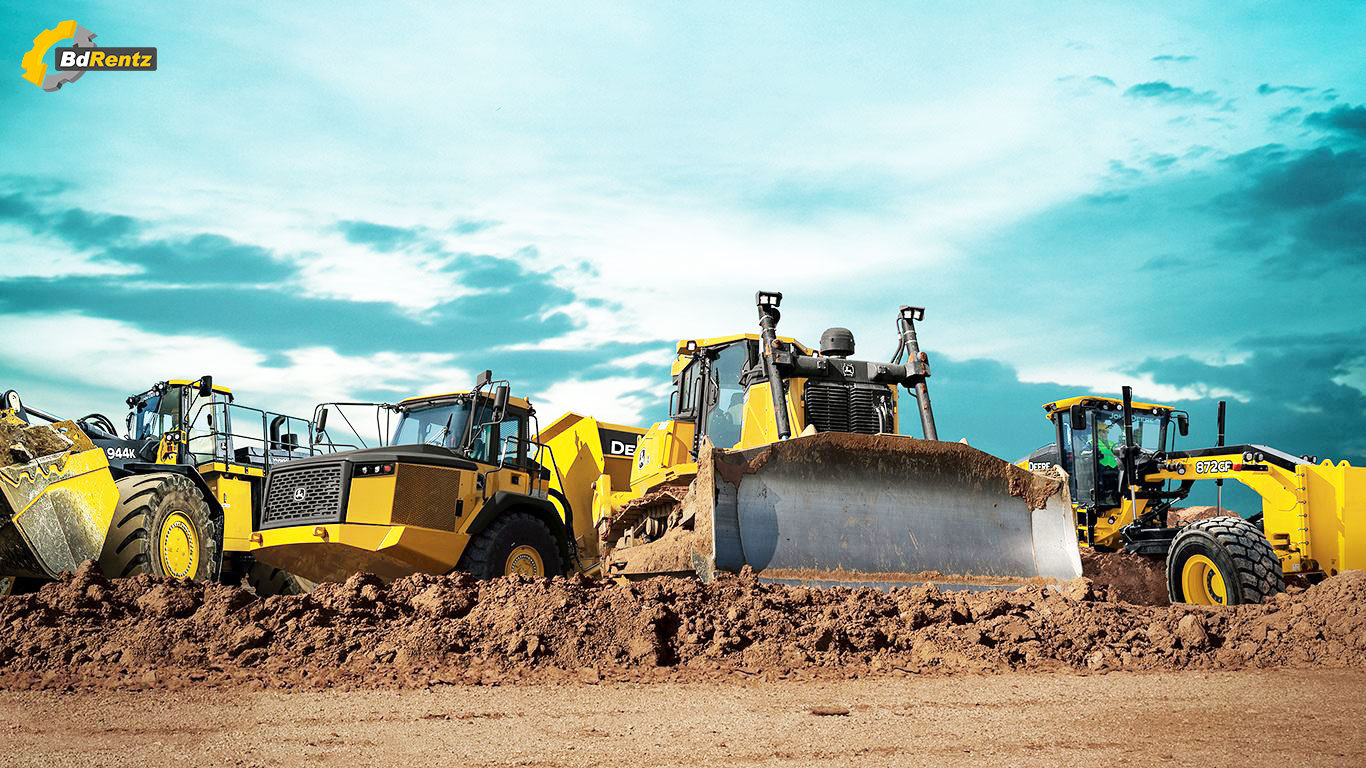Optimize Your Budget Plan by Understanding the Costs Connected With Building And Construction Devices Leasings
Recognizing the full range of prices associated with building tools rentals is vital for maximizing your budget plan. What methods can be employed to efficiently handle these prices and ensure a much more effective rental experience?
Overview of Rental Prices
When considering construction tools rentals, recognizing the connected costs is vital for effective budgeting and task planning. Rental prices can vary dramatically based on numerous elements, consisting of equipment kind, duration of leasing, and area. The preliminary rental cost typically mirrors the equipment's market need and its associated operational capacities, influencing the general expense.
Along with the base rental price, ancillary expenses may arise, such as transport costs, fuel additional charges, and maintenance costs. It is vital to account for these added expenditures to properly assess the total cost of renting out equipment. Moreover, the rental duration can influence pricing; longer leasings might get approved for discounted rates, while temporary services might incur higher everyday costs.

Break Down of Rental Rates
An extensive understanding of rental rates is important for professionals and project managers intending to maximize their budget plans. Rental rates for construction devices usually are composed of a number of parts, including base prices, time-based costs, and usage charges.
Base rates are the core charges related to the rental of the equipment, frequently figured out by the type and dimension of the equipment. These rates can vary significantly, affected by factors such as devices demand, schedule, and local market patterns. Time-based charges, which might be daily, weekly, or monthly, serve to suit various project timelines and rental periods.
Furthermore, rental rates might include use charges, which apply when equipment is made use of beyond a defined limit, ensuring that the rental firm can represent wear and tear. Seasonal need fluctuations can additionally influence rental rates, with peak building and construction periods generally regulating higher rates.
Furthermore, understanding the rental business's plans relating to upkeep and insurance coverage can provide additional understanding into the total cost framework. By analyzing these elements, contractors can make educated choices, guaranteeing the option of rental equipment lines up with both task requirements and spending plan constraints.
Extra Costs to Take Into Consideration
Understanding the complexities of extra charges is critical for contractors to manage their overall leasing costs successfully. Past the conventional rental prices, different extra charges can substantially influence the total cost of tools service. These costs often consist of delivery and pick-up costs, which can differ based on distance and logistics included in carrying the devices to and from the task site.
Moreover, some rental companies may enforce gas additional charges if the devices is returned with less fuel than when rented out. It is additionally crucial to recognize possible cleaning fees, particularly for specialized tools that needs complete maintenance after use.

Thoroughly reviewing the rental arrangement and clearing up these additional costs ahead of time can assist contractors make sure and stay clear of unforeseen costs that budget plans remain undamaged throughout the job lifecycle.
Upkeep and Repair Service Expenses
Routine repair and maintenance expenses are usually neglected variables that can substantially influence the overall price of building and construction tools services. When renting tools, it is important to take into consideration not only the rental costs but likewise the possible costs connected with keeping the machinery in ideal operating problem.
Numerous rental firms consist of basic upkeep as component of the rental agreement; nevertheless, extra comprehensive repair services or unanticipated break downs can cause added expenses. It's important to assess the rental agreement carefully to understand what maintenance solutions are covered and what duties drop on the occupant.
Furthermore, equipment that is not well-kept can cause inadequacies on the work website, possibly enhancing and creating hold-ups task prices. To minimize these threats, it is suggested to conduct regular inspections and maintain open interaction with the rental provider regarding any issues that arise throughout usage.
Insurance Policy and Obligation Expenses
Insurance coverage and obligation costs are crucial components that can significantly impact the total cost of building devices rentals (heavy equipment rental). These prices make sure that both the rental company and the client are shielded from prospective financial losses emerging from mishaps, damage, or burglary throughout the rental period

In addition, clients need to know any kind of deductibles or exclusions in the insurance coverage, as these can influence potential out-of-pocket costs. Understanding the conditions of any type of insurance policy coverage additional resources is essential to avoid unforeseen costs. Eventually, budgeting for insurance policy and liability costs can aid guarantee a smoother rental experience and shield against monetary threats associated with building tasks.
Conclusion
In conclusion, a detailed understanding of the costs associated with building and construction tools leasings is vital for efficient budget plan management. Inevitably, educated decision-making pertaining to tools leasings contributes to the overall success of construction undertakings.
Rental expenses can vary significantly based on several variables, consisting of equipment kind, period of rental, and location (boom lift rental). The rental duration can affect pricing; longer services may certify for reduced rates, while temporary leasings could incur higher everyday charges
By performing complete study and engaging with trusted rental companies, specialists can efficiently navigate the complexities of rental rates, ultimately optimizing their financial sources.
Beyond the typical rental rates, numerous supplemental costs can considerably influence skid steer loader rental near me the total expense of equipment leasing. Rental firms typically give liability insurance policy that covers injuries to third celebrations or damages to residential or commercial property, while tools damages insurance can cover the expense of repairs or replacement if the leased tools is weblink damaged.